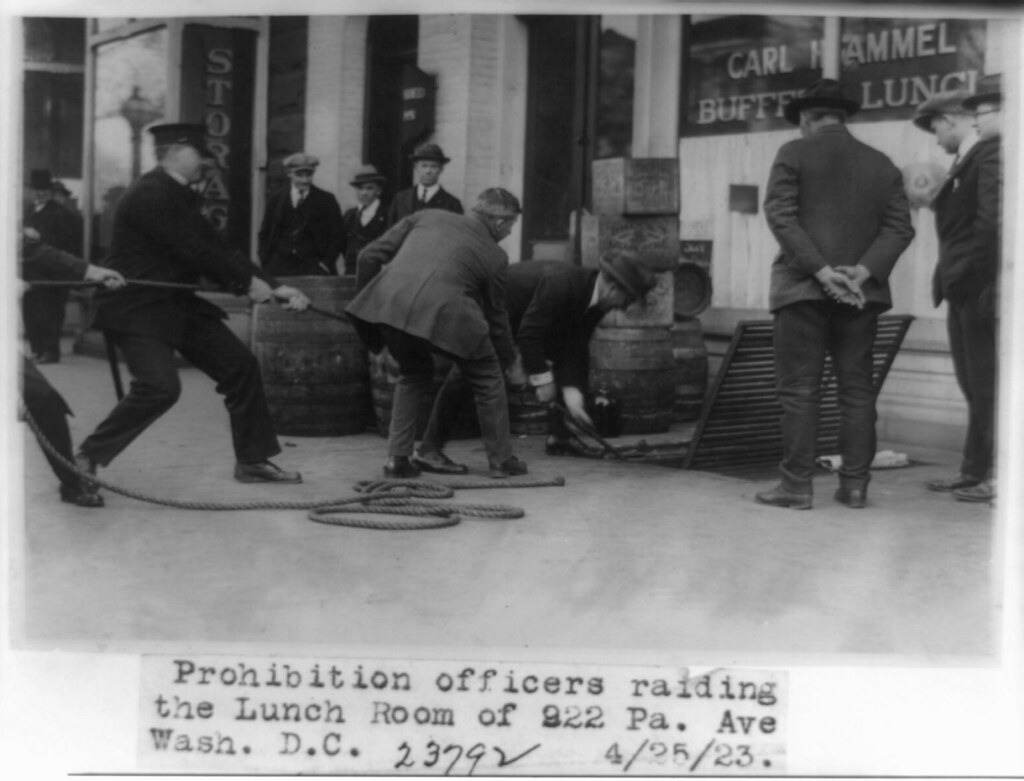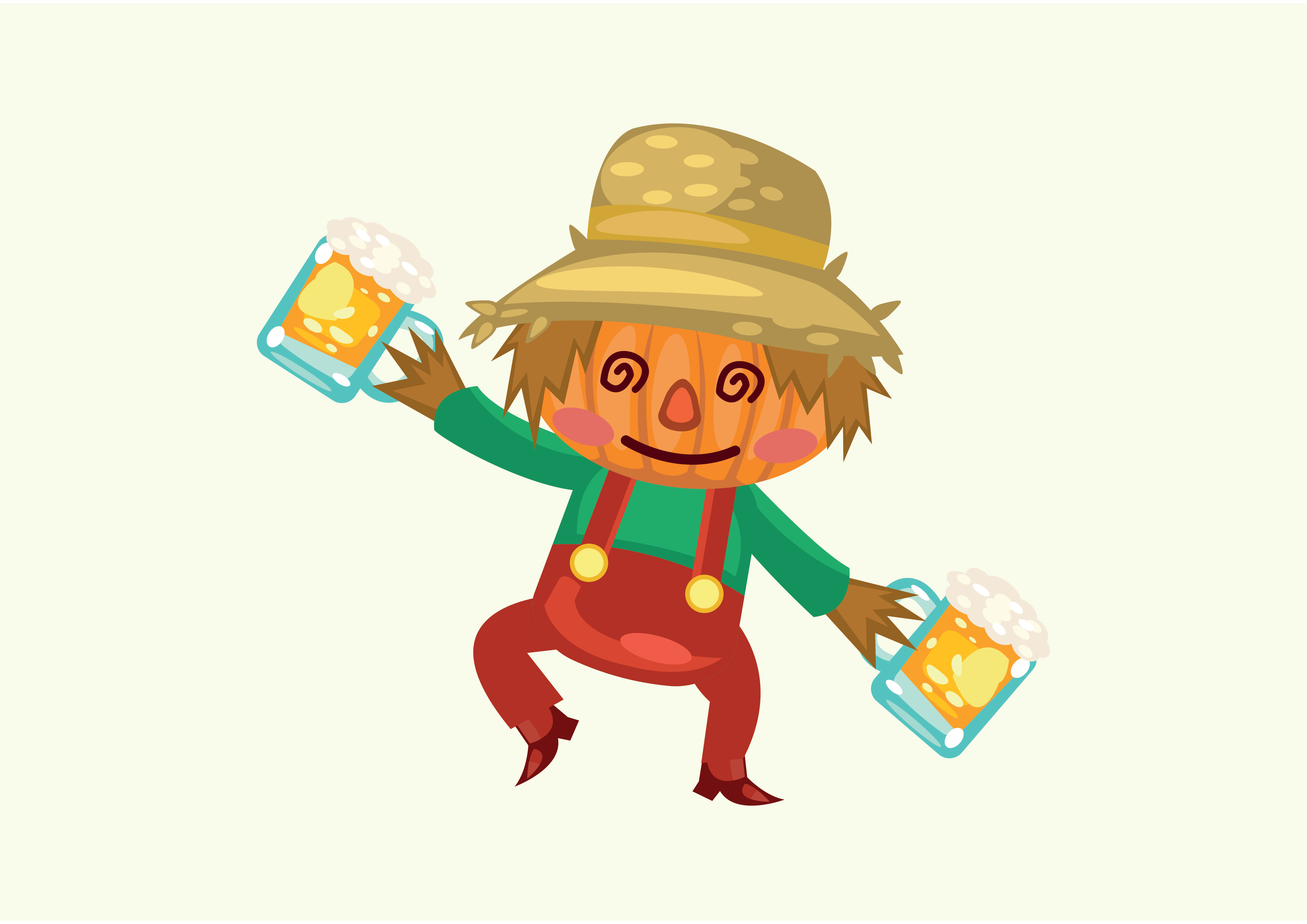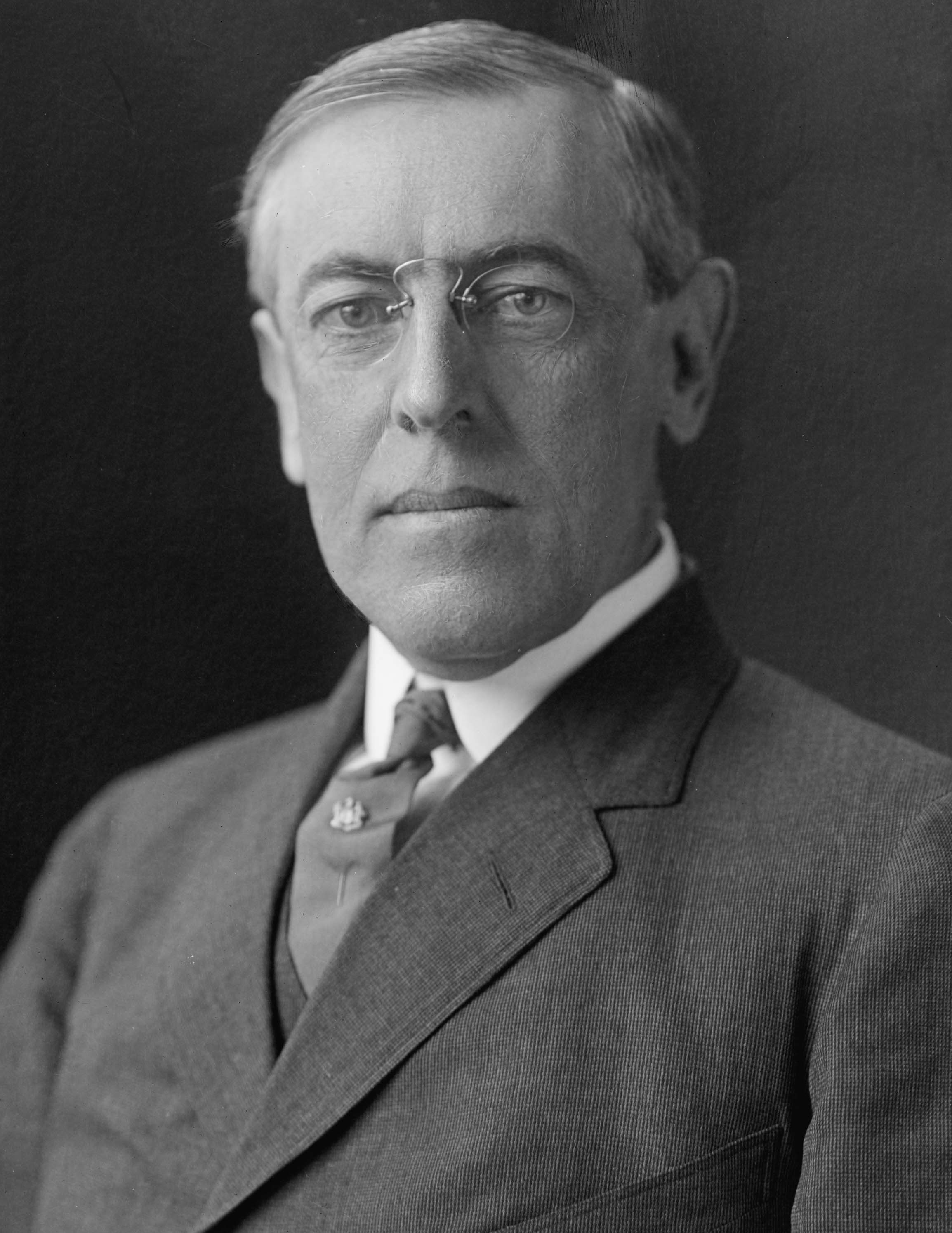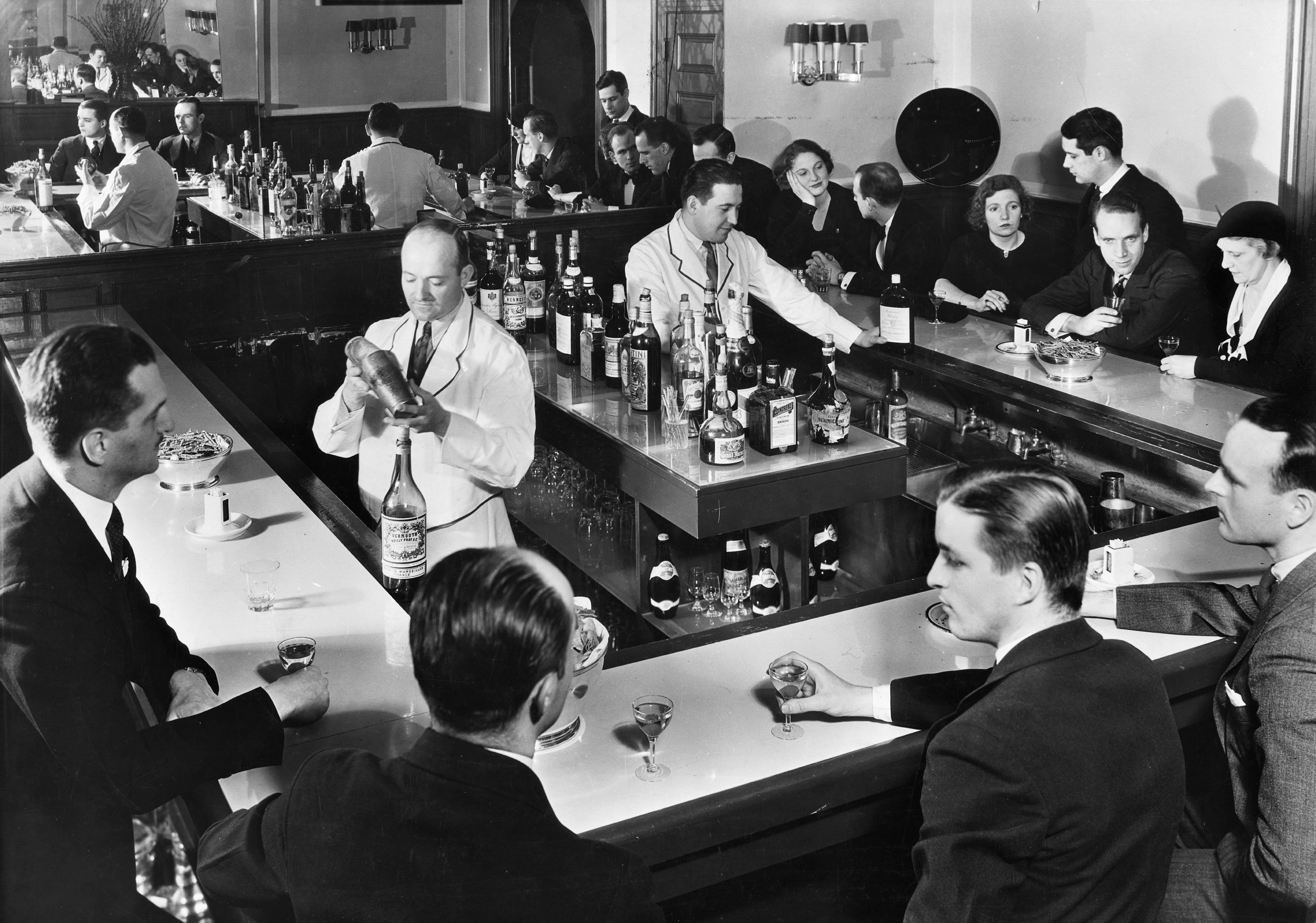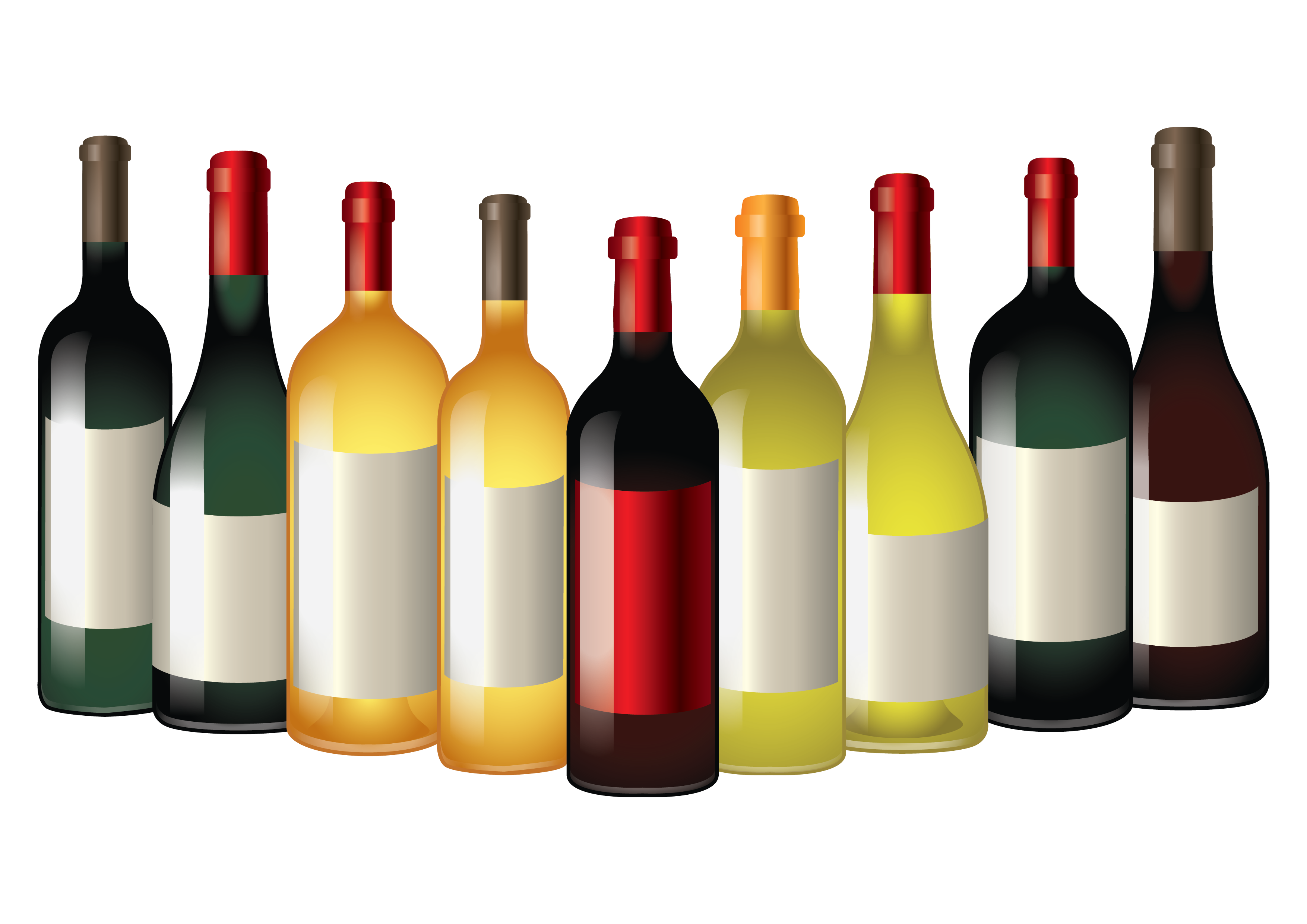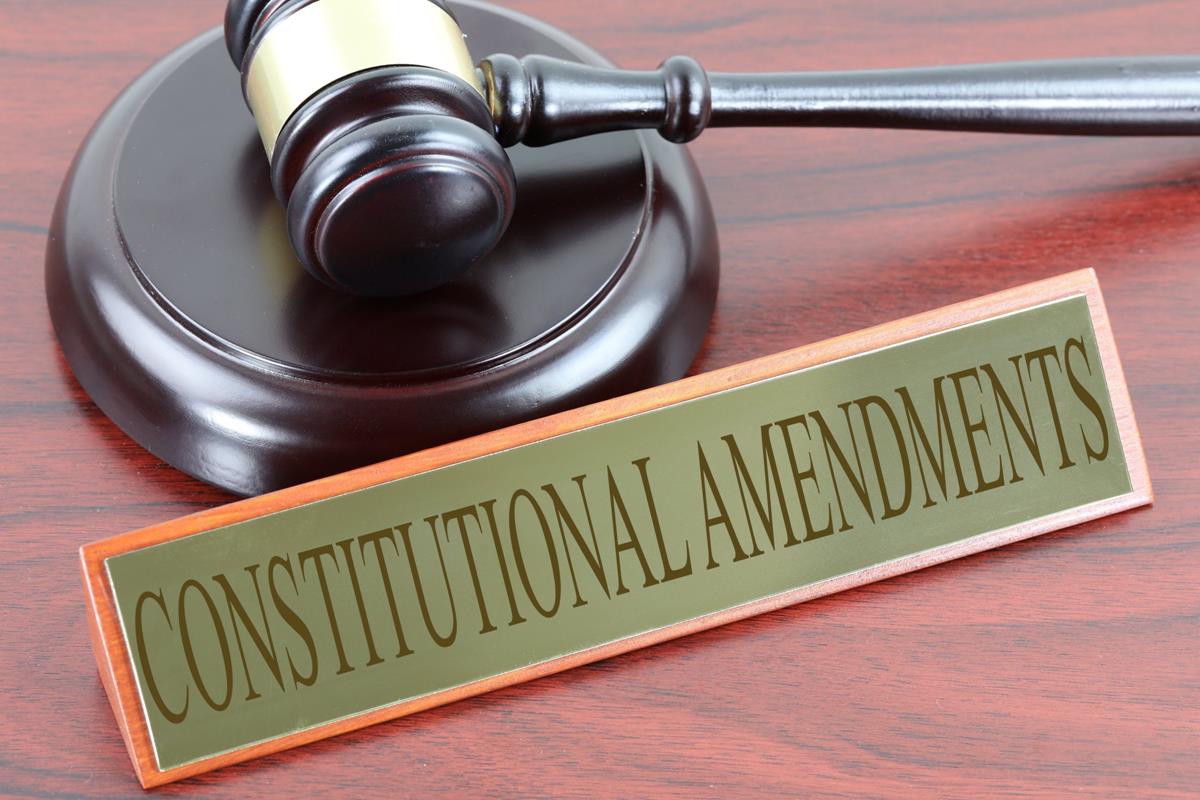Eighteenth Amendment Facts
The Eighteenth Amendment to the United States Constitution was ratified on January 16, 1919.
This amendment made it illegal to sell or manufacture alcoholic drinks. It was later repealed by the Twenty-First Amendment to the Constitution.
What does the Eighteenth Amendment say?
Section 1
“After one year from the ratification of this article the manufacture, sale, or transportation of intoxicating liquors within, the importation thereof into, or the exportation thereof from the United States and all territory subject to the jurisdiction thereof for beverage purposes is hereby prohibited.”
Section 2
“The Congress and the several States shall have concurrent power to enforce this article by appropriate legislation.”
Section 3
“This article shall be inoperative unless it shall have been ratified as an amendment to the Constitution by the legislatures of the several States, as provided in the Constitution, within seven years from the date of the submission hereof to the States by the Congress.”
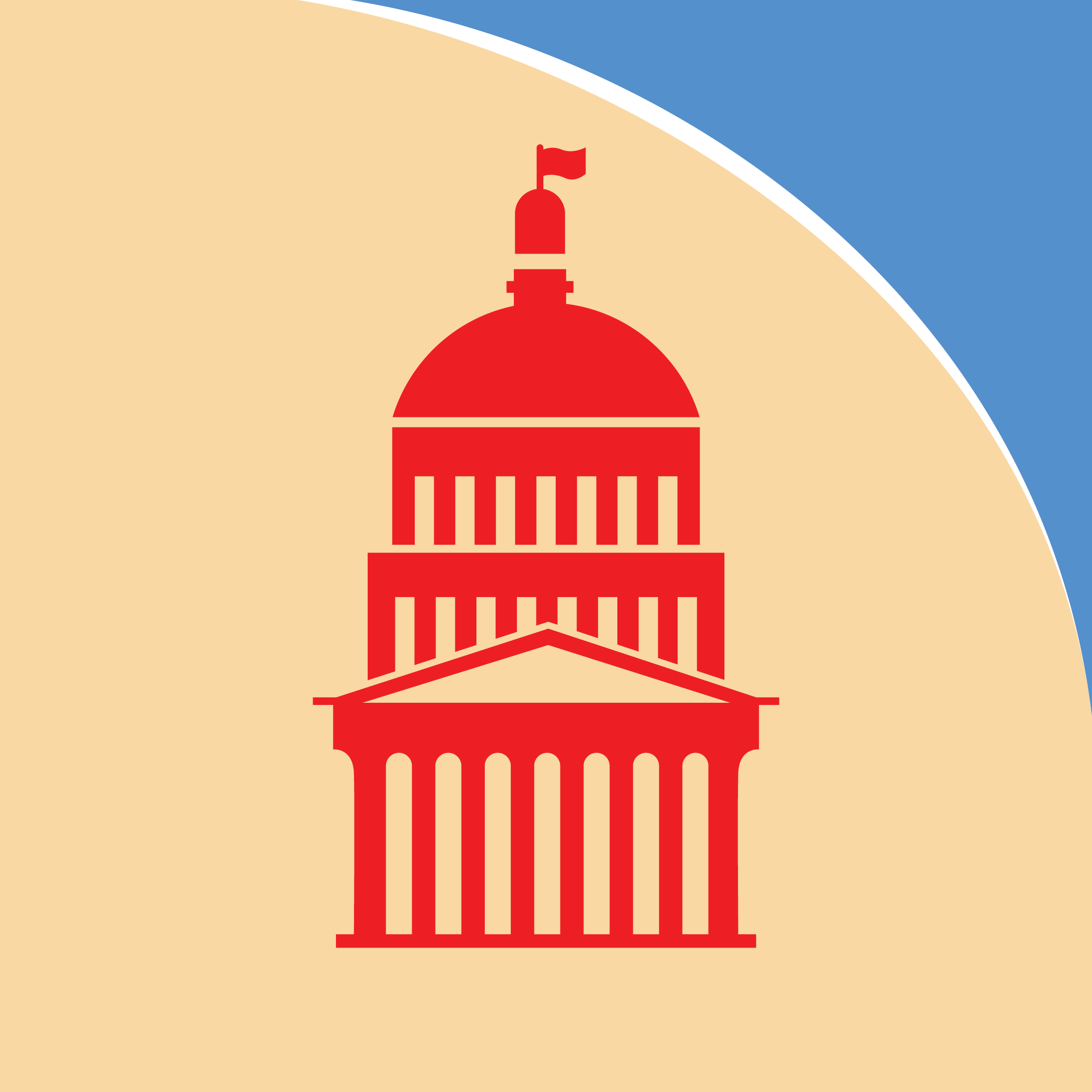
What does the Eighteenth Amendment say?
The Eighteenth Amendment did not make it illegal to drink alcohol. It was illegal only to make, sell, and transport it. People could drink alcohol in their homes without getting in trouble. Doctors could also prescribe alcohol for medicinal purposes.
This amendment was the first to have a time delay and a time limit. Section 1 of the Eighteenth Amendment explained that it would not go into effect immediately.
Instead, the amendment would go into effect one year after ratification (approval). Section 3 of the amendment said that the amendment would not take effect unless it was ratified within seven years.
The amendment was officially ratified on January 16, 1919. It took effect on January 16, 1920.
A Brief History of the Eighteenth Amendment
During the early 1900’s, there was an anti-alcohol movement called “temperance.” The Women’s Christian Temperance Union (WCTU) was one of the major groups behind this movement.
People who supported the movement believed that alcohol caused moral corruption and destroyed families. They also said that alcohol contributed to social issues like poverty. The WCTU circulated the idea that most drinkers died from edema (swelling of the organs).
Then, during World War I (1914-1918), President Woodrow Wilson put an end to the manufacture of alcoholic drinks. Making alcoholic drinks required grain, and President Wilson wanted grain to be saved for food.
This helped the temperance movement gain momentum, and the Eighteenth Amendment was introduced soon after. This constitutional ban was known as Prohibition.
The Volstead Act
On October 28, 1919, Congress passed the National Prohibition Act. It was commonly known as the Volstead Act, and it went into more detail about the Eighteenth Amendment and how the amendment would be enforced.
The Volstead Act explained that alcohol for religious and medical purposes would still be allowed. It also said that the amendment would be enforced by the U.S. Treasury Department, and individual states would enforce the amendment within their borders.
Was the Eighteenth Amendment successful?
Despite the new amendment, many people still wanted to drink alcohol. People also wanted to make money from selling and manufacturing alcohol, and they came up with many creative ways to do so.
People called “bootleggers” made alcohol and smuggled it into cities and bars. Some made strong homemade drinks called bathtub gin or moonshine.
Secret bars called speakeasies also became popular. New York City alone had 30,000 speakeasies. These bars usually got alcohol from bootleggers and illegally sold it. People had to whisper a code word to get in.
Additionally, organized crime groups started making a lot of money from the illegal sale of alcohol. Al Capone, a gangster in Chicago, made up to $60 million a year running speakeasies and selling alcohol.
Another problem was that many state governments didn’t enforce the Eighteenth Amendment. Many didn’t want to spend money enforcing the ban.
Maryland, for example, never made any laws related to the amendment. New York made a law at first, but soon repealed it. Over time, other states grew less strict about enforcing the ban too.
By the end of the 1920s, people saw that Prohibition was not working. Illegal alcohol was even stronger, there was an increase in crime, and it was costing more money to operate local police departments.
In 1933, the Twenty-First Amendment repealed the Eighteenth Amendment and brought an end to Prohibition.
Other Interesting Facts About the Eighteenth Amendment
Before the Eighteenth Amendment, in 1851, Maine passed a statewide ban on alcohol. About 12 other states passed “Maine Laws” of their own, only to repeal them when they were extremely unpopular with citizens.
In the year before the Eighteenth Amendment actually went into effect, a lot of rich people stockpiled (collected) alcohol. Some bought out entire liquor stores.
Up to 10,000 people died from drinking homemade alcohol during Prohibition. Some bootleggers used industrial alcohol that was originally made for use in fuel.
The Eighteenth Amendment is the only amendment to ever be repealed in its entirety.
There are still some “dry counties” in the United States where people can’t purchase alcohol.

